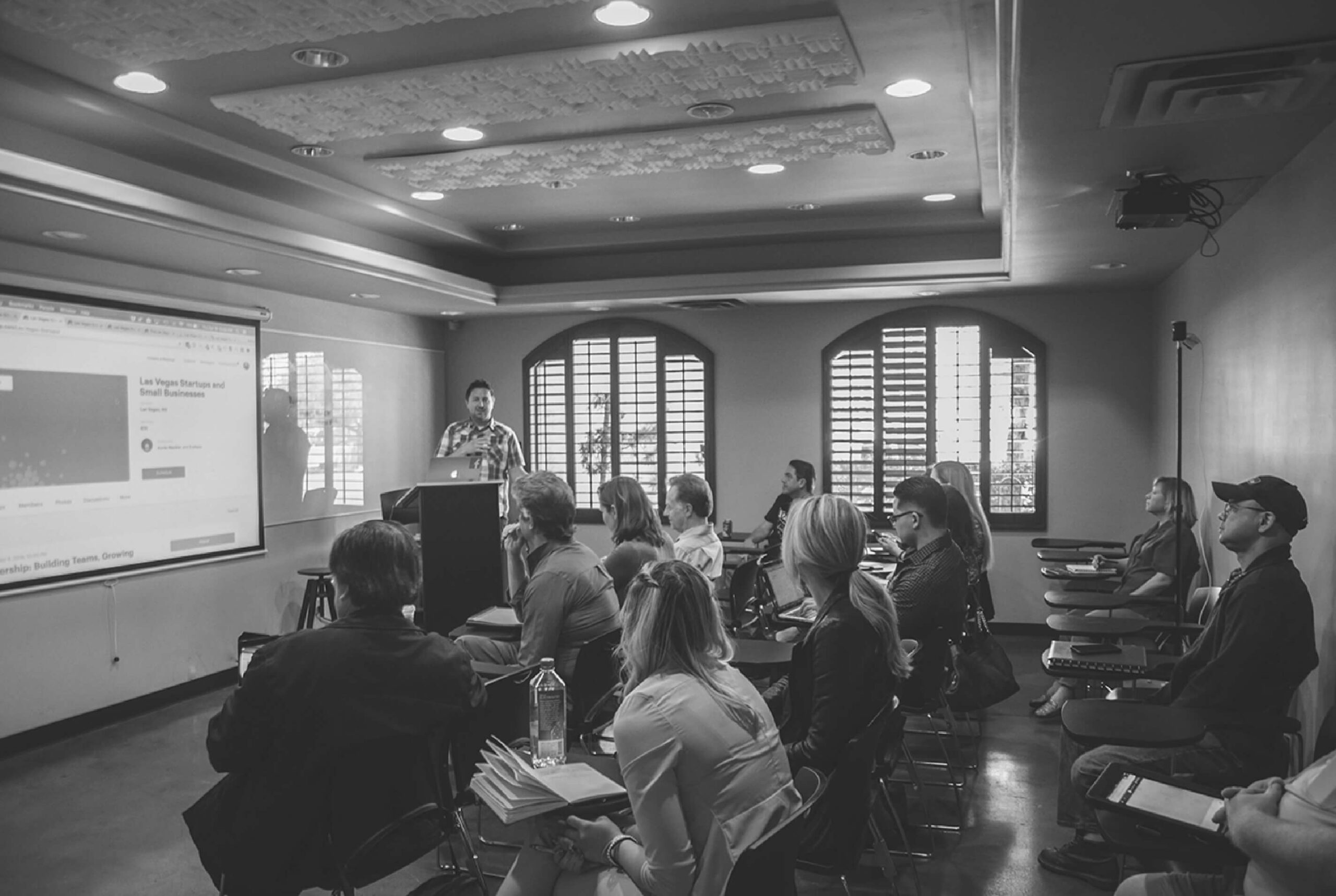
December 20, 2020
By Erica Gunderson – WTTW News
In any year, applying for college can be a stressful time for high school students. But like so many other things this year, the pandemic has made the application process even more uncertain and difficult.
“The dual pandemics of COVID-19 and systemic racism do not change this fact for them — it’s just another barrier to overcome, like all of the others they’ve navigated around and through their entire lives,” said Jeffery Beckham Jr., interim CEO of Chicago Scholars Foundation, which helps students from low-income communities.
While colleges grapple with evaluating applicants, financially disadvantaged students are struggling to figure out how to pay for college in a devastated economy. That struggle is reflected in the figures from a recent report showing that undergrad enrollment dropped by 3.6% this year. The downturn is in line with a larger trend, particularly among Black students.
Kyle Westbrook, executive director of the Partnership for College Completion, cites that report from the National Student Clearinghouse.
“Early data … shows an overall decline in college enrollment of 4% freshmen enrollment in community colleges is down approximately 22%. Freshmen enrollment at public universities and private nonprofit colleges is down 14% and 12%, respectively. Enrollment declines have been steepest among students identifying as American Indian and Black students, 11% and 8%, respectively.”
To help aspiring college students manage the flood of information, Westbrook says the PCC developed a website aggregating data on how Illinois colleges and universities are addressing the pandemic. It’s called Illinois Colleges Forward.
The pandemic accelerated a move to “test-blind admissions” — admission decisions not based on standardized test scores — at some colleges. Prior to the pandemic, Northern Illinois University and Southern Illinois University Carbondale had adopted test-blind admissions. Since the pandemic started, all Illinois public universities have adopted the same policy.
Beckham sees potential for a silver lining in these sorts of policy changes.
“Colleges have had to respond to the fact that many students weren’t even able to sit for the SAT or ACT by the time they submitted their applications … this year has also drastically opened-up access to resources in the college process with everything moving online,” Beckham said. “Virtual campus tours are now becoming the norm instead of in-person visits reserved only for those who have the means to fund them. In general, colleges have had to make more information more accessible this year, at the same time as they have been forced to change how they reach and recruit students. The typical high school visit is out the window, so more organic means of school-student interaction like social media have gained a lot of traction.”
But in the coronavirus-devastated economy, the problem of how to pay for college has worsened, especially for those already at a financial disadvantage.
“There is always a worry that students who are economically vulnerable will be forced, due to job demands and pressure to support family members who themselves have lost jobs, to drop out of college,” said Westbrook.
For those students, says Beckham, taking a year off before applying for college to wait out the pandemic can further disadvantage them.
“A gap year means different things to different students. And unfortunately, it’s one of those options that reinforces the racial and wealth divide,” Beckham said. “A student from an affluent family may see a gap year as an opportunity to take on a virtual internship with a company connected to a parent; a low-income student might see it as working more shifts at the local grocery store to save money and help out their family in this uncertain time.”

